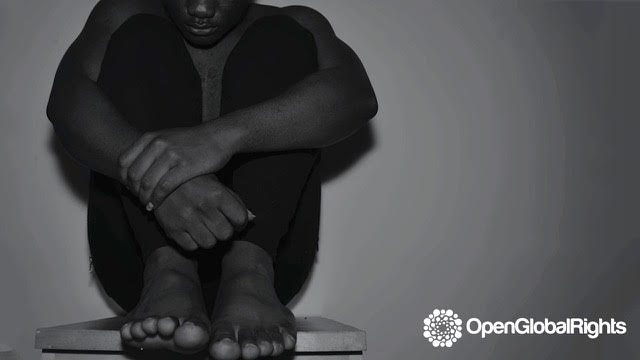
Four years ago, the UN General Assembly unanimously proclaimed the 19th of June of each year as the International Day for the Elimination of Conflict Related Sexual Violence. The day was marked to raise awareness of this horrific crime, to honour survivors of conflict-related sexual violence and to acknowledge all those who have worked tirelessly to end these violations.
This move to acknowledge those who had suffered and to place survivors at the forefront of the fight against sexual violence was further advanced this April, when a high-level UN debate culminated with the adoption by the UN Security Council of Resolution 2467. Media attention to the resolution focused on the political pushback, led by the US, to including the issue of sexual and reproductive health and to references to the intersectional vulnerabilities of LGBTI individuals. Unfortunately, this pushback succeeded, and the Resolution does not comprehensively address the needs of all survivors of conflict-related sexual violence.
However, this Resolution nevertheless marks a momentous development. It places survivors at the heart of responses and prevention efforts, offers comprehensive pathways to address stigma, reform the justice sector, combat impunity and pay specific attention to neglected sites and individuals. It is on the latter that the document most advances the agenda, by shining the light on “hidden” survivors and victims of sexual violence, most notably, children born of sexual violence and men and boys who are victimised during conflicts.
It has taken decades of advocacy, activism, and careful research to understand how to prevent sexual violence against women and girls in conflict, and to provide appropriate responses to the victims of of such abuse. However, understanding the prevalence, patterns, needs and wishes of male and LGBTI survivors of conflict-related sexual violence remains limited.
Research conducted by the All Survivors Project (ASP) shows that there are many different circumstances in which sexual violence against men and boys occurs, for example during armed attacks, house searches and at checkpoints. We also know that the risk is particularly high when men and boys are deprived of their liberty or when they are recruited by or are members of armed forces and armed groups. Forced displacement, whether within or across national borders, as well as situations of extreme humanitarian need can also make men and boys more vulnerable to sexual violence by armed combatants as well as by others including peacekeepers, humanitarian workers and members of organised crime groups.
Early findings of research currently being undertaken by ASP in Afghanistan shows how conditions of extreme poverty in a climate of impunity and societal tolerance of abuse perpetrated by powerful and wealthy individuals, coupled with existing gender norms, has for decades allowed the rampant sexual abuse of boys and young men, including those of diverse sexual orientation and gender identity.
Information about the risks and vulnerabilities of lesbian, gay, bisexual, transgender and intersex (LGBTI) individuals to conflict-related sexual violence remains much more limited. The multiple levels of stigma, exclusion and marginalisation faced by this group have built layer upon layer of invisibility. However, as is the case with men and boys, the experience of LGBTI people must be factored into broader understandings of and responses to this crime. Although still very limited, there are positive signs that acknowledgment is growing, at least in some international policy circles. The Office of the Special Representative of the UN Secretary General on conflict-related sexual violence and the Office of the High Commissioner of Human Rights are both increasingly recognizing that LGBTI individuals are potential targets of conflict-related sexual violence.
It is, therefore, fitting that Resolution 2467 strengthens the normative framework by calling for the gathering of timely, and reliable sex disaggregated data, and for responses on health, protection, accountability and livelihood to support all those victimised—women, men, girls and boys.
Acknowledgement is a vital first step towards preventing such crimes but must be accompanied by concrete measures to prevent and protect against them. As the efforts to protect women and girls against conflict-related sexual violence shows, there are no quick fixes. Rather, preventing conflict-related sexual violence requires multi-faceted and multi-sectoral approaches that take account of intersectional issues related to gender, sexual orientation, ethnicity, age and disability; these combine to heighten vulnerability, or deepen the social marginalisation of those who are already underserved.
The lived experiences of survivors, their wishes and desires should guide all responses. It is heartening that despite political pressures there is a constant attempt to recognise this.
